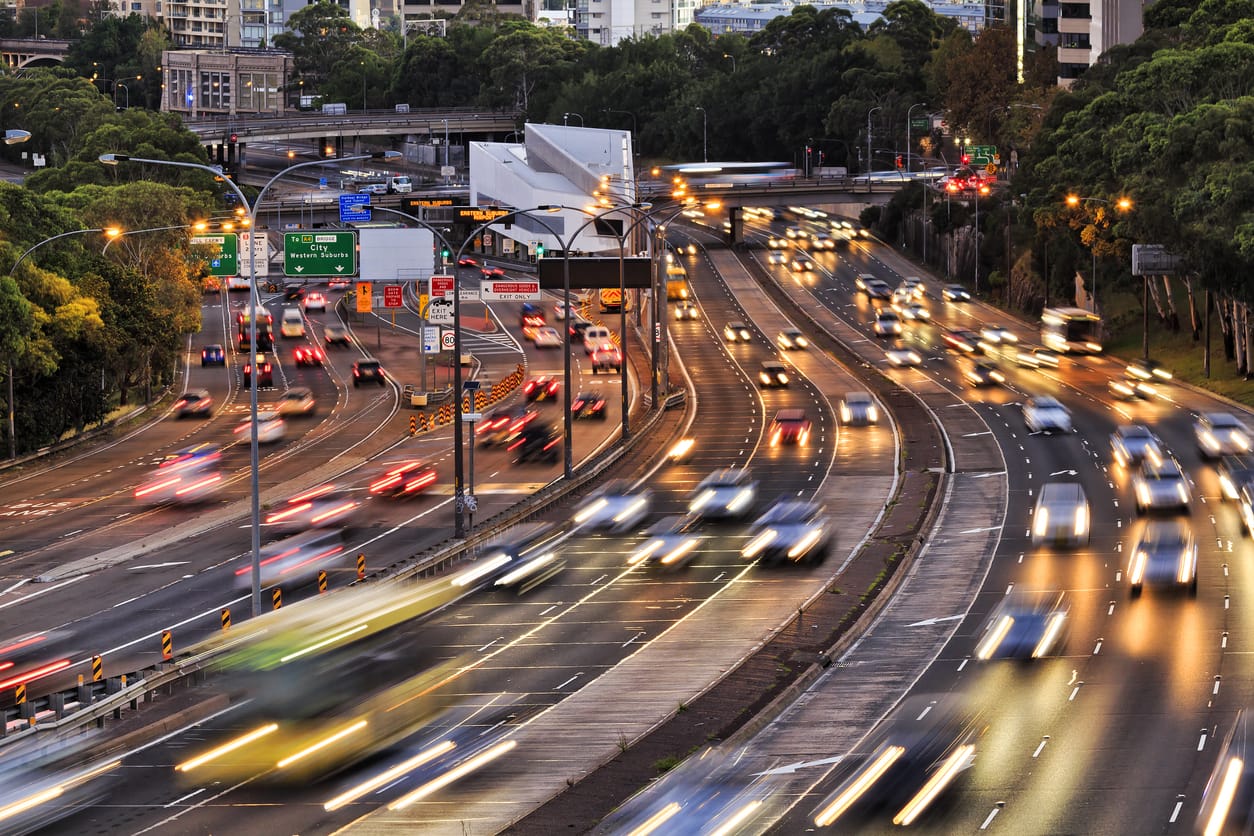Road transport is a pragmatic industry; however, it is also often set in its ways.
Embracing new ways of doing things is – understandably – not a priority when you are running a small business and primarily concerned with keeping your head above water.
Taking our system of road access permits to the next level while eradicating red tape is something that should not cost operators much more than an investment of time.
I have not spoken to anyone who thinks the introduction of a National Automated Access System (NAAS) will be a bad thing.
The system would be based on the Tasmanian Heavy Vehicle Access Management System (HVAMS) where freight routes are comprehensively mapped and available online.
HVAMS automates the road and structure assessment functions of road managers when they make heavy vehicle access decisions.
It is smart enough to use a vehicle’s characteristics, such as axle spacing and mass distribution, to determine the most productive combination for a particular freight task, based on specific information it holds about that route.
Heavy Vehicle National Law (HVNL) currently requires road managers to formally consent to operation of a Restricted Access Vehicle (RAV) on their roads before a permit or notice can be issued.
The principle of empowering local governments to ensure safety for all road users on roads they manage is sound. After all, they manage 77 percent of Australia’s roads by length. The downside is that the permit system produces long lead-times, inconsistencies, and bureaucratic delays.
Since HVAMS was introduced, the number of permits Tasmanian road managers have issued for Special Purpose Vehicles dropped by 98 percent. This looks like success.
Imagine the benefits nationally.
Improving access for more productive heavy vehicles and completing the freight task with modern trucks, and fewer vehicle movements, is a key economic reform opportunity for Australia. Fewer trips will drive decarbonisation and improve network efficiency and safety. That is good for operators, good for other road-users, and good for the environment.
There are many agencies who need to be involved in making a National Automated Access System (NAAS) happen, including Austroads, the National Heavy Vehicle Regular (NHVR) and transport departments. We must ensure any new system builds on the strengths of HVAMS.
It is a big task because of the number of roads and bridges involved. However, the savings in time, efficiency, reduced emissions, and safety, would be substantial.
Now is the time for the Federal Government to lead the way on this essential reform.
The Treasurer should provide extra funding in the May Budget to accelerate the process and take state, territory, and local governments with it.



